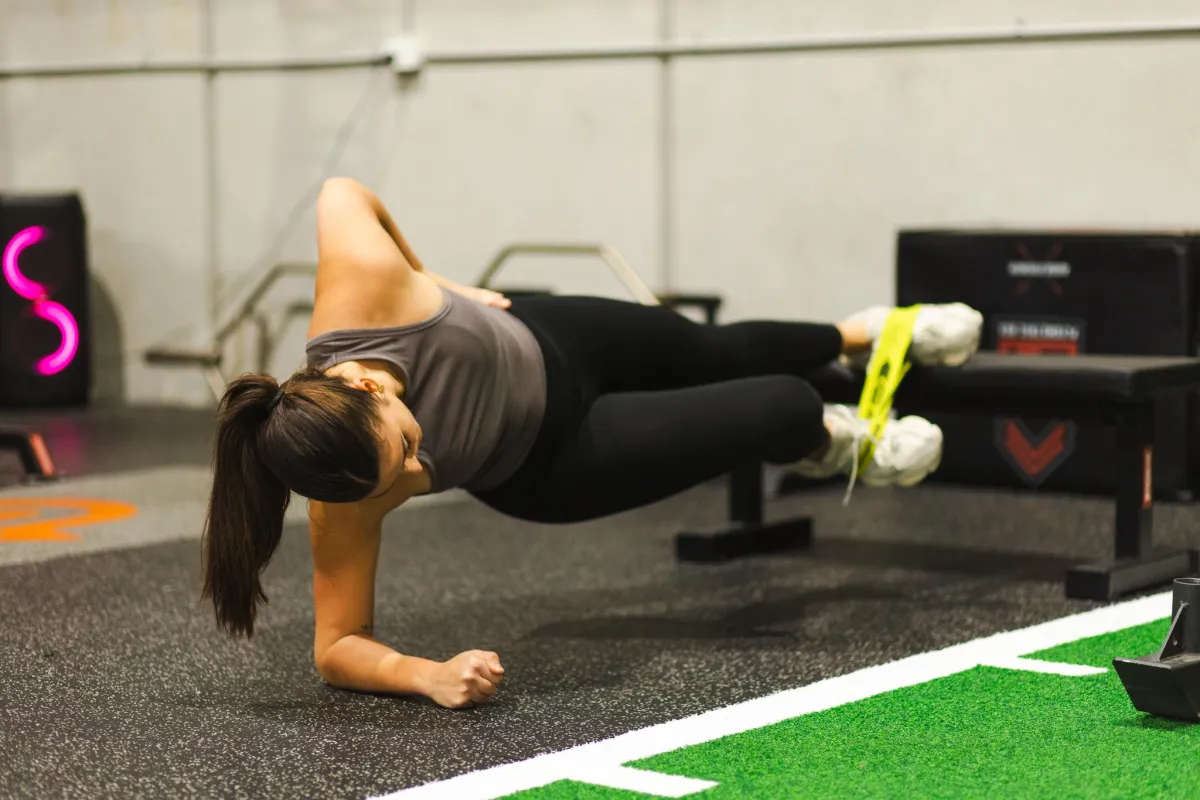Welcome To
Our Blog

Groin Injury Rehab | Adductor & Osteitis Pubis Physio
🧠 The Doha Agreement: Why Groin Pain Isn't Just One Injury
The Doha classification system breaks groin pain into specific categories based on clinical signs and structures involved:
Adductor-related groin pain
Iliopsoas-related groin pain
Inguinal-related groin pain
Pubic-related groin pain (osteitis pubis)
Hip-related groin pain (e.g. labral pathology)
Other causes (e.g. referred pain, hernia)
Most commonly in field sports, we see:
⚙️ 1. Adductor-Related Groin Pain
This is the classic “inner thigh” strain or chronic overload.
Symptoms include:
Pain with resisted adduction (squeezing legs together)
Tenderness along the adductor longus tendon
Discomfort sprinting, cutting, or kicking
Often occurs after overuse, spikes in load, or fatigue
If left untreated, it can become chronic and limit hip control or top-end speed. Early diagnosis and load management are key.
⚙️ 2. Pubic-Related Groin Pain (Osteitis Pubis)
This involves inflammation and bone stress at the pubic symphysis (where the left and right pelvis meet).
Symptoms include:
Central groin or lower abdominal pain
Pain when changing direction or decelerating
Soreness with sit-ups, cutting, or long kicking sessions
Often seen in kick-heavy sports or with poor pelvic control
Osteitis pubis often develops gradually and may be misinterpreted as a muscle strain. Recovery requires a slow reloading process and close control of running and change-of-direction drills.
🧠 Why These Injuries Become Chronic
Without a clear diagnosis, athletes often receive passive treatments (massage, rest) and return to play too early. This leads to:
Ongoing weakness in the adductors or core
Pelvic asymmetry and compensatory overload
Delayed return to sprinting and change of direction
💪 How We Treat Groin Injuries at
We follow a performance-based protocol with clear benchmarks:
Isometric and eccentric adductor loading
Lumbopelvic control training (core, obliques, glutes)
Sprint, change-of-direction, and kicking reloading
Gradual return to full team training with confidence
Ongoing reassessment using squeeze tests, hop symmetry, and video feedback
Every program is adapted to your sport, position, and level — whether you're playing semi-pro football or elite juniors.
⏱️ Recovery Timelines
Acute adductor strain: 2–4 weeks
Chronic adductor overload: 4–6+ weeks
Osteitis pubis: 6–12 weeks, depending on severity and sport demands
Return to sport is guided by strength benchmarks, pain-free sprint and cut capacity, and video-supported movement screening.
✅ Final Word
Groin pain isn’t something to “just rest” or ignore. If you’re struggling with discomfort in the inner thigh, lower abs, or pubic bone — get it assessed properly.
At Pivot, we diagnose groin pain using the Doha classification and rehab it with a detailed strength and movement plan that ensures a full return to sprinting, kicking, and performance — not just day-to-day comfort.
Need to book an appointment to get your groin assessed? Book here
01

Athlete Performance Program
High Performance Training Throughout Your Entire Season.
02

Sports Physio
Sport Specific Injury Management & Prevention
03

Concussion Clinic
Keeping Your Brain Safe With Up To Revolutionary Concussion Care
Website & Marketing Powered By Gymini


